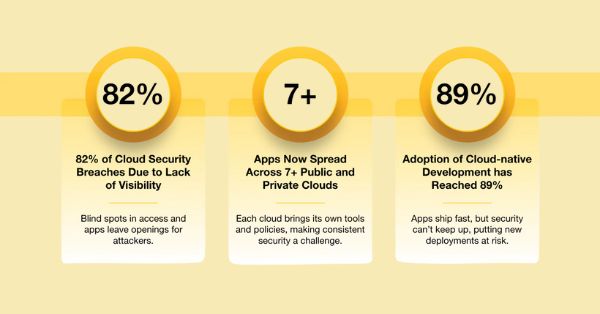The Department of Telecommunications (DoT) has invited applications from enterprises willing to set up captive non-public networks to undertake demand studies for the direct assignment of spectrum to entities. Enterprises with a net worth of more than Rs 100 crore and willing to set up captive non-public networks by obtaining spectrum directly from the DoT are invited to participate in the exercise.
The government issued the ‘guidelines for Captive Non-Public Network (CNPN) license’ on June 27, intending to establish the legal framework for CNPNs. “The guidelines provide that the enterprises seeking to establish CNPN may obtain spectrum on lease from telecom service providers or directly from DoT. These guidelines also provide that the DoT will undertake demand studies for direct assignments of the spectrum to enterprises setting up CNPNs,” the statement said.
DoT has launched a module on the Saralsanchar portal for carrying out demand studies. Eligible enterprises must submit particulars together with possession, web value, and spectrum requirement in numerous bands, amongst different issues. The Department of Telecommunications has clarified that participation in this exercise shall not entitle the enterprises to any claim for any spectrum assignment.
The applications can be submitted between August 10 to September 9.
COAI demanded tough conditions for private 5G networks
Despite opposition by incumbent telecom operators, the DoT has come up with the provision of direct spectrum allocation to enterprises for CNPN. The Cellular Operators Association of India (COAI) had demanded the imposition of tough conditions for allowing enterprises to set up “captive non-public networks.” The DoT must also seek TRAI’s view on the price at which the spectrum should be allocated to the enterprises.
DoT secretary K Rajaraman wrote letter to COAI on June 18, demanding non-assignment of spectrum in the non-IMT (International Mobile Telecommunications) 5G bands reserved for telcos. It also demanded restricting the scope of private networks for machine-to-machine (M2M) communications and plant automation within the premises of a plant.
COAI also wants to ensure the private networks are not connected have to PSTN (Public Switched Telephone Networks), cloud platforms, another private networks, or multiple buildings and offices. COAI also requested that the spectrum assigned to end users should not result in the creation of 3rd-party or intermediaries who operate the network on behalf of the enterprises. The primary reason is that the creation of third parties or intermediaries installing and operating the network for private networks would “result in the back-door entry for 3rd parties to act as Communications Service Providers (CSPs) without purchasing the spectrum through the auction process as the CSPs.”
Therefore, the private network owners “must own all equipment installed for private networks and not obtain them on rental/lease from 3rd party players.” If the enterprises want to do so, they must also obtain the spectrum through the same auction process as the CSPs. If implemented, the move could keep competitors like global tech companies Google, Amazon, or IT companies from providing services to the enteprises. It would also restrict the collaboration for enterprises only to a few CSPs.
In the letter, the CSPs have also said that use cases meant for wider mass cannot be part of a captive 5G network. CSPs have highlighted that there has been demand from some stakeholders that captive networks could create use cases for financial inclusion and agriculture sector connectivity. They have mentioned that since financial inclusion by design intends to include 100 percent of the population, and the agriculture sector would need interconnection of 70 percent of the population, captive networks cannot undertake such use cases.
Also, stakeholders demand to allocate spectrum to set up private networks for vehicle-to-vehicle connectivity, controlling drones, and M2M connectivity from devices cannot be allowed. Justifying its stand that no IMT band spectrum should be assigned to captive networks, COAI has said there is already a shortage of harmonized spectrum for TSP networks. Currently, only the 3.3 GHz mid-band and the 2.85 GHz have been auctioned in 5G. However, if other bands likely to be identified for IMT are not reserved, it would constrain TSPs.
They would then be unable to adequately plan their networks to meet customer demand. However, the TRAI (Telecom Regulatory Authority of India) has ignored the issue while recommending 3.7-3.8 GHz and 28.5-29.5 GHz for private captive networks. The COAI also requested private networks to ensure that there is no interference to other networks. Also, it said that they should ensure compliance with electromagnetic field (EMF) norms and subscriber verification rules and follow all security norms, among others. It added that they should also come under lawful interception requirements and follow rollout obligations like CSPs.






























